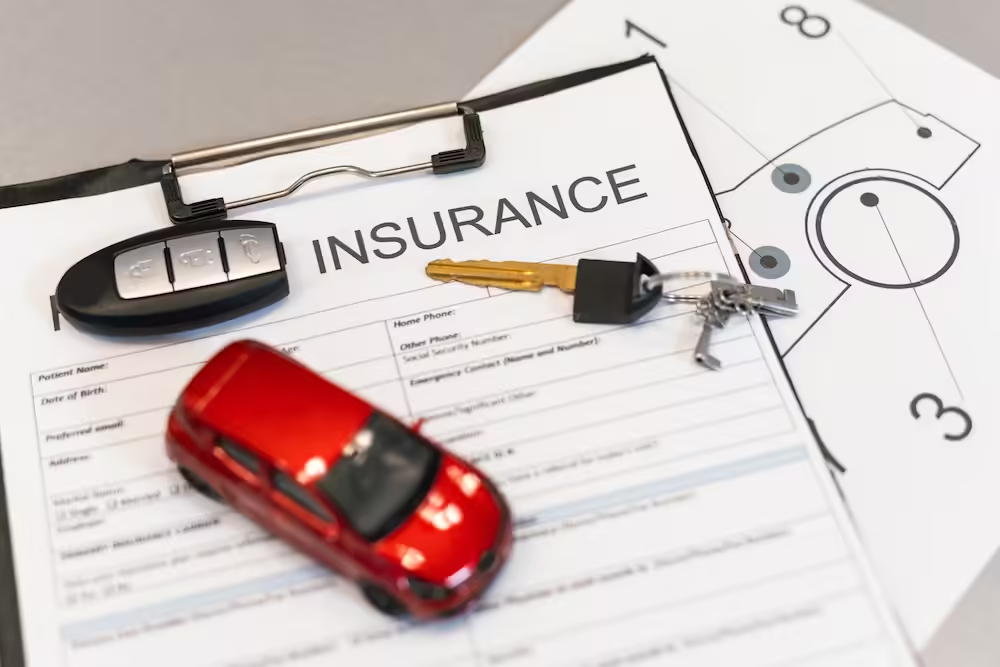
As an EV car owner, understanding the intricacies of insurance policies is crucial to safeguarding your investment. Electric vehicles (EVs) have specific needs and unique aspects compared to traditional internal combustion engine (ICE) cars, which can impact your insurance requirements and costs. Here’s an in-depth guide to help you choose the right insurance for your EV.

1. Understanding the Basics of EV Insurance
Insurance for electric vehicles is similar to insurance for conventional cars in terms of basic coverage types, but it may include additional considerations and special endorsements. The primary types of insurance coverage that EV owners should consider include:
- Liability Insurance: Covers damage to other people and their property if you’re at fault in an accident. It’s usually mandatory and a legal requirement in most jurisdictions.
- Collision Insurance: Covers damage to your own car resulting from a collision, regardless of who is at fault. This is especially important given the higher repair costs associated with EVs.
- Comprehensive Insurance: Provides coverage for non-collision-related damage to your car, such as theft, vandalism, or natural disasters. Comprehensive coverage can be particularly valuable for EV owners, given the higher value and advanced technology of these vehicles.
- Personal Injury Protection (PIP): Covers medical expenses for you and your passengers, regardless of fault. PIP is essential for protecting against costly medical bills in case of an accident.
- Uninsured/Underinsured Motorist Coverage: Protects you if you’re involved in an accident with someone who doesn’t have adequate insurance.
2. Special Considerations for EV Insurance
While the basic components of auto insurance apply to both EVs and conventional cars, there are special considerations that make EV insurance unique:
- Higher Repair Costs: EVs often cost more to repair due to specialized parts and technology, such as battery systems and advanced electronics. Insurance policies for EVs typically reflect this, leading to higher premiums.
- Battery Coverage: The battery is the most expensive component of an EV. Some insurers offer specific coverage options for battery repair or replacement, which is critical as battery damage can result from accidents or other incidents.
- Charging Equipment: Home chargers and public charging infrastructure can be covered under certain policies. Some insurers offer coverage for damage or theft of home charging units, which is a crucial feature for EV owners.
- Roadside Assistance for EVs: Traditional roadside assistance might not be fully equipped to handle the needs of EVs, such as towing to a charging station or dealing with battery issues. Specialized EV roadside assistance can provide unique services, like mobile charging or towing to the nearest compatible charging station.
- Replacement Cost Coverage: Given the rapid depreciation rates of EVs and the potential for total loss due to accidents, opting for replacement cost coverage can be a wise choice. This type of coverage pays to replace your vehicle without factoring in depreciation, ensuring you receive enough to purchase a similar new vehicle.

3. Factors Affecting EV Insurance Premiums
Several factors influence the insurance premiums for EVs:
- Vehicle Value and Model: High-end EVs like Teslas or luxury models generally have higher premiums due to their higher repair costs and value.
- Battery Replacement Cost: Insurers often consider the high cost of battery replacement in setting premiums. A damaged battery can be as costly as several thousand dollars to replace.
- Safety Features: EVs typically come equipped with advanced safety features, which can reduce the likelihood of accidents and, in turn, potentially lower insurance premiums. Features such as automatic emergency braking, lane departure warnings, and adaptive cruise control are often standard.
- Mileage and Usage: How often and how far you drive your EV can affect premiums. Higher mileage increases the risk of accidents, impacting insurance costs.
- Location: Urban areas with higher rates of accidents or theft can increase your insurance costs. Additionally, areas prone to natural disasters can also affect premiums.
- Driver Profile: Your age, driving history, and credit score are significant factors in determining insurance rates. A clean driving record and good credit can help lower your premiums.
4. Additional Coverage Options for EV Owners
- Gap Insurance: If your EV is financed or leased, gap insurance covers the difference between what you owe on your vehicle and its actual cash value in the event of a total loss. This is particularly useful for EVs due to their rapid depreciation.
- New Car Replacement Coverage: Some insurers offer new car replacement coverage for the first few years of ownership, allowing you to replace your EV with a new one if it’s totaled.
- Charging Station Coverage: Insurers may offer protection for home charging stations against damage from incidents like power surges, vandalism, or accidents. This coverage is essential given the costs associated with replacing these units.
- OEM Parts Coverage: This coverage ensures that any repairs are made using original equipment manufacturer (OEM) parts rather than aftermarket or generic alternatives, which is particularly important for maintaining the integrity and efficiency of your EV.
5. Choosing the Right Insurance Provider for Your EV
Selecting the right insurance provider is crucial. Here are some factors to consider:
- Specialized EV Insurers: Some companies specialize in insuring EVs and offer tailored coverage that includes options like battery protection and specialized roadside assistance.
- Reputation and Customer Service: Look for insurers with good customer reviews, especially in handling claims. Efficient and responsive service is key when you need to file a claim.
- Discounts: Many insurers offer discounts for EV owners, such as for having advanced safety features, bundling policies, or driving low mileage.
- Flexible Payment Options: Consider insurers that offer flexible payment options or incentives for paying premiums upfront.
6. Tips for Reducing EV Insurance Costs
- Compare Quotes: Always compare quotes from multiple insurance providers. Each company assesses risk differently, which can lead to significant variations in premium prices.
- Opt for Higher Deductibles: Choosing a higher deductible can lower your premium, though it means you’ll pay more out-of-pocket in the event of a claim.
- Take Advantage of Discounts: Ask about available discounts, such as safe driver discounts, bundling auto and home insurance, or telematics programs that track and reward safe driving habits.
- Improve Security: Adding security features like anti-theft devices can reduce premiums. Some insurers offer discounts for vehicles equipped with advanced anti-theft systems.

7. Final Thoughts
As an EV owner, understanding your insurance needs and options is essential. While the costs can be higher due to the unique characteristics of EVs, there are ways to optimize your coverage and keep premiums manageable. By selecting the right provider, taking advantage of discounts, and considering specialized coverage options, you can ensure that your EV is well-protected while also controlling costs.
Always read the fine print and consult with insurance professionals to tailor your policy to best meet your needs as an EV owner.

Leave a Reply